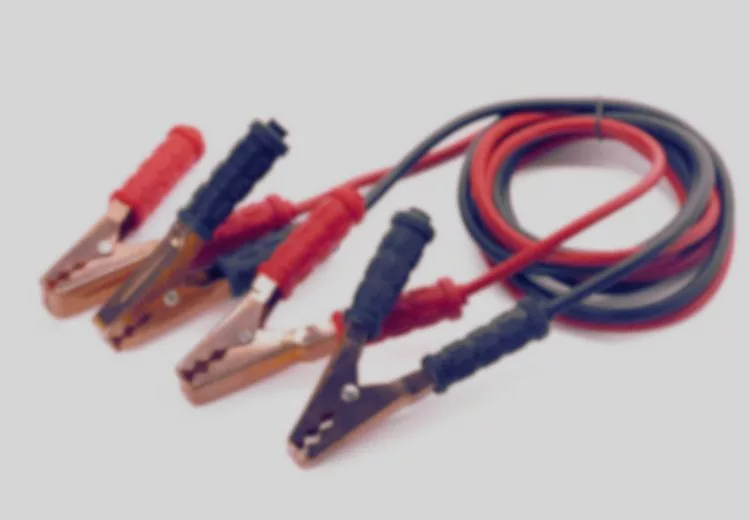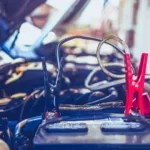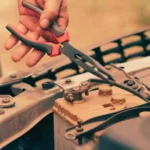Jumper cables are often overlooked, but they can be your saving grace in a roadside emergency. You never know when you or someone else will be stranded with a dead battery, and having the knowledge of how to use jumper cables can make all the difference. Fear not, this comprehensive guide on IchieTech will equip you with all the necessary skills and techniques to handle this common automotive challenge like a pro. You will have everything you need to become a roadside hero. So, stash those unassuming coils of wires in your trunk with confidence, knowing that you’re well-prepared to rescue yourself or others from the frustration of a dead battery.
To use jumper cables effectively, you must know your battery terminals. The positive terminal is usually marked with a “+” sign, while the negative terminal is marked with a “-” sign.
Steps on How to Use Jumper Cables
1. Preparation
- To jump-start a car, first, you need to position the two vehicles facing each other with enough space in between them for the jumper cables to reach comfortably. Make sure that both cars are in “park” or “neutral” in case of manual transmissions.
- Before connecting the cables, turn off all electronic devices in both vehicles, including lights, radios, and air conditioning. This will prevent voltage spikes that can damage the electrical systems.
2. Making the Connection
- To jumpstart a dead battery, start by connecting the positive (red) cable to the positive terminal of the dead battery. Make sure to secure the connection to prevent any unexpected disconnections.
- Next, attach the other end of the red cable to the positive terminal of the donor vehicle’s battery. This will establish the initial electrical connection.
- Attach one end of the negative (black) jumper cable to the negative terminal of the donor vehicle’s battery to complete the circuit.
- Finally, find an unpainted metal part of the dead vehicle’s engine block or frame to attach the other end of the black cable. This grounding step helps minimize the risk of sparks near the battery.
3. Jump Starting the Engine
- To jump start a dead battery using another vehicle, start the donor vehicle’s engine and let it run for a few minutes. This will enable the donor battery to transfer some charge to the dead battery.
- It’s important to wait patiently for a few minutes to allow the dead battery to absorb the charge from the donor vehicle’s battery. This step is crucial for a successful jump start.
- Once you’ve waited for a few minutes, try to start the dead vehicle. If it starts up, congratulations! However, if it doesn’t, wait for a few more minutes and try again. Sometimes, a longer charging period is necessary.
- When the dead vehicle starts running, disconnect the jumper cables carefully in the reverse order of how you connected them.
Related:
Conclusion
Knowing how to use jumper cables can make you a hero on the road. With the right knowledge and precautions, you can easily handle a dead battery situation and get back on the road. Remember these simple steps and you’ll be well-prepared to tackle this common automotive challenge, allowing you to help yourself and others.










